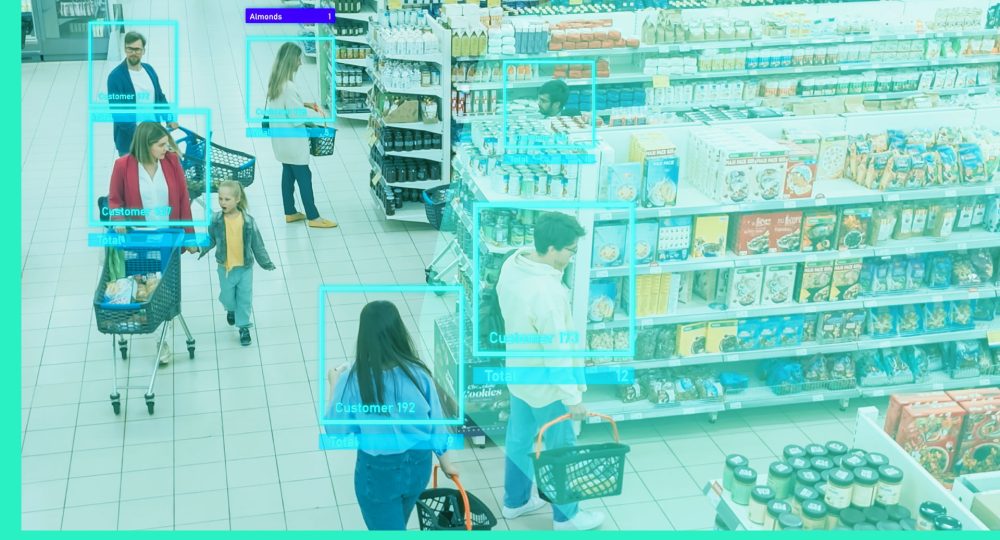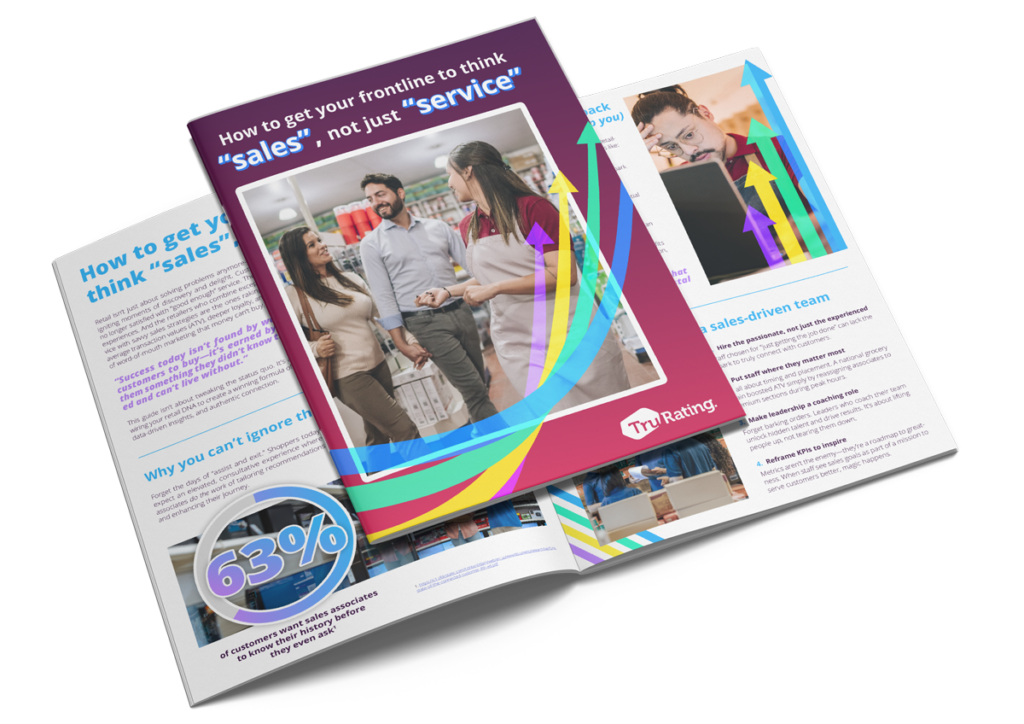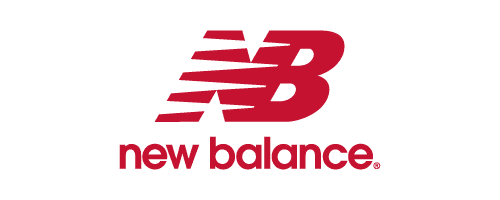The retail industry is poised for a transformation driven by the adoption of advanced analytics and AI. According to a recent report by MarketsandMarkets, the Retail Analytics Market is expected to grow from $8.5 billion in 2024 to $25.0 billion by 2029. The factors driving this growth include the rapid increase of e-commerce, the growing adoption of omnichannel retail strategies, and the vast amounts of data being generated.
With an abundance of data available, well-thought-out business intelligence (BI) programs are proving to be game changers, providing retailers with the insights they need to succeed in a competitive market.
In this article, we will explore the significance of business intelligence in the retail industry, how it works, its benefits and challenges, and the future trends that will shape its evolution.
What is retail business intelligence?
Retail business intelligence involves using data analytics tools and techniques to collect, analyze, and interpret data from various retail sources. This approach allows you to gain valuable insights into consumer behavior, sales trends, inventory management and more.
As consumer expectations continue to change, the ability to use data for strategic decision-making is more important than ever. Retail business intelligence solutions give a competitive advantage by transforming raw data into insights. Business intelligence can improve your operations, make data-led decisions, and enhance customer experience.
Benefits of business intelligence in the retail industry
The benefits of business intelligence in the retail industry are numerous and impactful. Here are some of the key advantages:
- Improved decision-making – BI offers data-driven insights that enable more informed and effective decisions, from optimizing product assortments to identifying optimal promotion times.
- Enhanced customer experience – by gaining insights into customer preferences and behaviors, you can better tailor your offerings, resulting in a more personalized and satisfying shopping experience.
- Increased efficiency – BI tools assist in streamlining operations by optimizing inventory management, reducing waste, and enhancing supply chain efficiency.
- Competitive advantage – the capability to quickly analyze and act on data provides a significant competitive edge. By leveraging BI, you can better respond to market trends and consumer demands.
- Cost reduction – identifying inefficiencies and areas for improvement allows for cost reductions and a better bottom line, including minimizing excess inventory and optimizing staffing levels.
- Better inventory management – BI solutions provide real-time insights into stock levels, sales trends, and demand forecasts, facilitating more effective inventory management.
- Sales optimization – analyzing sales data can enable you to identify opportunities for increasing revenue through targeted promotions, cross-selling, and upselling strategies.
- Future-proofing – with BI, you can anticipate future trends and make proactive decisions to ensure long-term success.
Challenges of business intelligence in the retail industry
While the benefits of business intelligence are clear, there are also several challenges that retailers must navigate:
- Data Integration – combining data from various sources can be complex and time-intensive, especially with multiple systems.
- Data quality – BI insights rely on data accuracy; poor data can cause wrong decisions.
- Cost of implementation – BI solutions can be pricey, particularly for smaller retailers, but the long-term benefits often justify the initial investment.
- Security and privacy – increasing data collection requires adherence to privacy regulations and safeguarding customer info.
- Skills gap – many retailers lack expertise in maximizing BI tools, leading to underutilization, or they don’t use more accessible tools that can be utilized across an organization.
- Change management – implementing BI demands significant changes to processes and systems, requiring effective change management for adoption.
How do retail stores use business intelligence
Retail stores use business intelligence in various ways to improve their operations and better serve their customers. Some common applications include:
- Inventory management – BI tools can help you track inventory levels in real time, reducing the risk of stockouts or overstocking. This leads to more efficient inventory management and increased profitability.
- Price optimization – business intelligence solutions enable you to analyze pricing data and determine the best pricing strategies to maximize revenue and customer satisfaction.
- Sales forecasting – BI tools are commonly used to forecast sales trends and plan for future demand. This helps optimize inventory levels, staffing, and promotional activities.
- Customer segmentation – by analyzing customer data, you can segment your audience based on demographics, purchasing behavior, and preferences. This allows for more targeted marketing campaigns and personalized shopping experiences.
- Customer experience enhancements – BI tools, like TruRating, allow you to analyze customer feedback and identify areas for improvement in the shopping experience, both in-store and online.
How retail chains can maximize business intelligence with cross-site insights
If your business is part of a retail chain with multiple locations, gaining insights across all sites is extremely valuable. Analyzing data from different stores allows you to uncover trends and patterns that might not be noticeable when only looking at a single location. Here’s how you can make the most of business intelligence through cross-site insights:
- Benchmarking performance – by comparing the performance of different stores, you can identify best practices and discover areas for improvement. This benchmarking allows for the implementation of successful strategies across all locations.
- Localized marketing – business intelligence tools can help you tailor marketing campaigns to specific regions or stores based on local consumer preferences and behaviors. This localized approach can lead to higher engagement and sales.
- Supply chain optimization – cross-site insights can enable you to optimize your supply chain by identifying which locations require more frequent restocking and which products are popular in specific areas.
- Consistency in customer experience – by analyzing customer feedback data from all locations, you can ensure a high and consistent customer experience. One of the key features of our customer feedback platform is the ability to compare satisfaction levels across locations, enabling you to make near-real-time decisions that will increase customer satisfaction and revenue.
How BI works in the retail industry
BI in the retail industry involves a systematic process that transforms raw data into actionable insights, enabling informed decision-making. Here are the steps and the process to follow for implementing your own BI program:
Data collection
The journey to useful insights starts with data collection, where you gather information from various sources, including POS systems, e-commerce platforms, customer loyalty programs, social media channels, and even in-store sensors. This data encompasses various variables, from sales figures and inventory levels to customer demographics and behaviors. The goal at this stage is to amass as much relevant data as possible to create a comprehensive picture of the retail environment.
Data integration and storage
After collecting data, it needs to undergo integration and storage. This involves storing the data in a centralized database or data warehouse, where it is organized for further analysis. Integration is an important step as it consolidates data from multiple sources, ensuring consistency, accuracy, and accessibility for analysis. You need to combine data sources to gain a unified view of the business, enabling the breakdown of silos and leveraging data across different departments.
Analysis
The next phase is data analysis, where advanced analytics tools come into play. You can use various BI tools, including data mining, statistical analysis, and machine learning algorithms, to examine the data and uncover patterns, correlations, and trends. This analysis can be:
- Descriptive – helps you understand what has happened in the past by summarizing historical data and identifying trends.
- Diagnostic – explains why certain events occurred by identifying patterns, correlations, and root causes within the data.
- Predictive – forecasts future outcomes by using historical data and statistical models to anticipate trends and behaviors.
- Prescriptive – suggests the best actions to take by providing recommendations based on the analysis, helping retailers optimize decisions.
The depth of analysis allows you to gain insights into customer behavior, sales trends, inventory needs, and more, which are essential for strategic planning.
Insights and learning
After the analysis, the results are turned into actionable insights that can be used to make decisions. Depending on your BI tools, insights are typically presented through dashboards, reports, or visualizations to make the data easier to comprehend and act on. You can then utilize these insights to make data-driven decisions, such as adjusting pricing strategies, optimizing inventory, or launching targeted marketing campaigns.
Implementation and optimization
After gathering insights from BI efforts, you can use the data to make decisions and implement strategies. For example, if the data shows an increasing demand for a specific product, you can adjust stock levels or promote the product more aggressively. Similarly, if analysis reveals that certain marketing campaigns are not performing well, changes can be made to improve their effectiveness.
This stage also involves continuous monitoring and optimization, allowing businesses to track the results of their decisions and refine their strategies based on new data. This cyclical process ensures that your business can adapt to market changes and customer preferences, ultimately leading to better outcomes.
Business intelligence trends in the retail industry
The retail industry is transforming due to emerging trends that are reshaping how retailers access insights and operate. One significant trend is the increasing adoption of augmented analytics, which utilizes AI to automate data preparation, insight discovery, and explanation. This approach makes BI more accessible to non-technical users, enabling them to interact with complex data without requiring deep analytical expertise. By simplifying data interaction, augmented analytics allows your business to democratize BI, empowering employees at all levels to make data-driven decisions. This shift towards self-service BI facilitates faster decision-making, as retailers no longer need to wait for data analysts to generate reports. Instead, Store Managers, Marketers, and Executives can generate real-time insights, leading to more agile and responsive business practices.
Additionally, there is an increasing focus on embedded BI, where analytics capabilities are integrated directly into retail applications and workflows. This type of functionality allows you to access and act on insights within the tools you already use daily, such as CRM systems or inventory management platforms. Embedded BI makes analytics more actionable by placing insights at the point of decision, streamlining processes, and enhancing productivity.
Lastly, the movement towards personalized marketing on a large scale is changing the way retailers interact with their customers. BI tools are being utilized to analyze large volumes of customer data in order to create highly personalized shopping experiences. One notable example is 7-Eleven, the world’s largest convenience retailer, which has been strengthening its efforts to personalize interactions in the US. The company debuted a redesigned app last year that includes more customized messaging tailored to individual user behaviors and preferences. Additionally, 7-Eleven’s Gulp Media Network supports these initiatives by promoting personalized advertising opportunities to advertisers. According to Gulp’s website, “Gulp Media Network targets the right shoppers in the right locations, based on comprehensive purchase and behavioral data for +95MM rewards members.” This endeavor demonstrates how large-scale personalization can not only improve customer experience, but also generate new revenue streams through targeted advertising.
The future of BI in the retail industry
Several transformative developments will shape the future of BI in the retail industry, enhancing its power and reach. One of the most impactful changes will be the convergence of BI with advanced AI capabilities. As we gain more confidence in AI capabilities, BI tools will not only provide insights but also use AI to autonomously make decisions, such as adjusting pricing strategies or managing inventory levels. For example, Walmart has already begun using AI technologies to enhance inventory management. The company has attached cameras to floor scrubbers that record inventory levels on shelves and send the information to an AI-powered data center. This system allows Walmart to make better decisions about inventory management, ensuring that shelves are stocked with the right products at the right time. This integration will transform BI from a decision-support tool into an autonomous system that can drive business outcomes with minimal human intervention.
There will also be a significant focus on edge computing in BI in the future. As retailers increasingly adopt IoT devices and in-store sensors, processing data closer to its source will become more important. Edge computing will enable real-time data analysis at the point of collection, such as within stores or distribution centers, reducing latency and allowing retailers to act on insights immediately.
In the future, ethical AI and responsible data use will become central to the future of BI in retail. As AI-driven BI becomes more prevalent, ensuring these tools are used ethically and responsibly will be as important. Retailers will need to establish clear guidelines on how data is collected, analyzed, and used to avoid biases and ensure compliance with data privacy regulations. The EU AI Act is already a clear movement towards establishing ethical practices for AI, and it’s likely that other regions will follow suit with similar regulations in the coming years. Ethical considerations will shape how BI tools are developed and deployed, focusing on transparency and fairness.
Enhance your BI strategy with customer feedback
BI is revolutionizing the retail industry by equipping retailers with the tools to make informed, data-driven decisions. To really understand your retail operations, it’s important to incorporate customer feedback into your BI program. By capturing feedback at the point of sale, TruRating can track customer satisfaction in near real-time and give you the ability to address issues as they arise, enhancing your ability to make timely decisions that directly impact your bottom line.
By combining TruRating insights with your existing BI data, you can contextualize performance metrics more effectively. For instance, you can correlate customer satisfaction scores with sales data, inventory levels, or staffing metrics, providing a more detailed view of what drives success at each location.
Whether you manage a small group of stores or a global chain, TruRating lets you gain insights into each outlet’s customer experience performance. It provides a clear picture of underperforming locations and steers you towards the improvements you need to implement.
With augmented dashboard views, you can visualize customer feedback, empowering your team to interpret the data and take decisive action. Our intuitive interface ensures that everyone in your organization, from Store Managers to Executives, can comprehend the insights and make well-informed decisions.
Explore how our customer feedback platform can elevate your BI strategy with deeper consumer insights. Book a demo with our team today.












